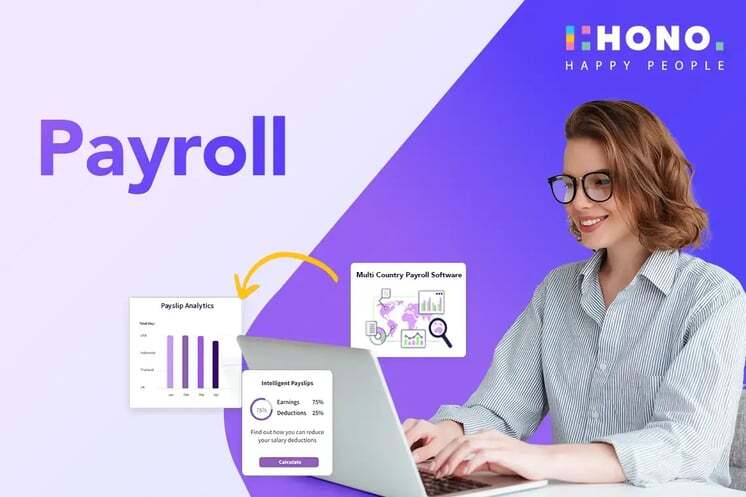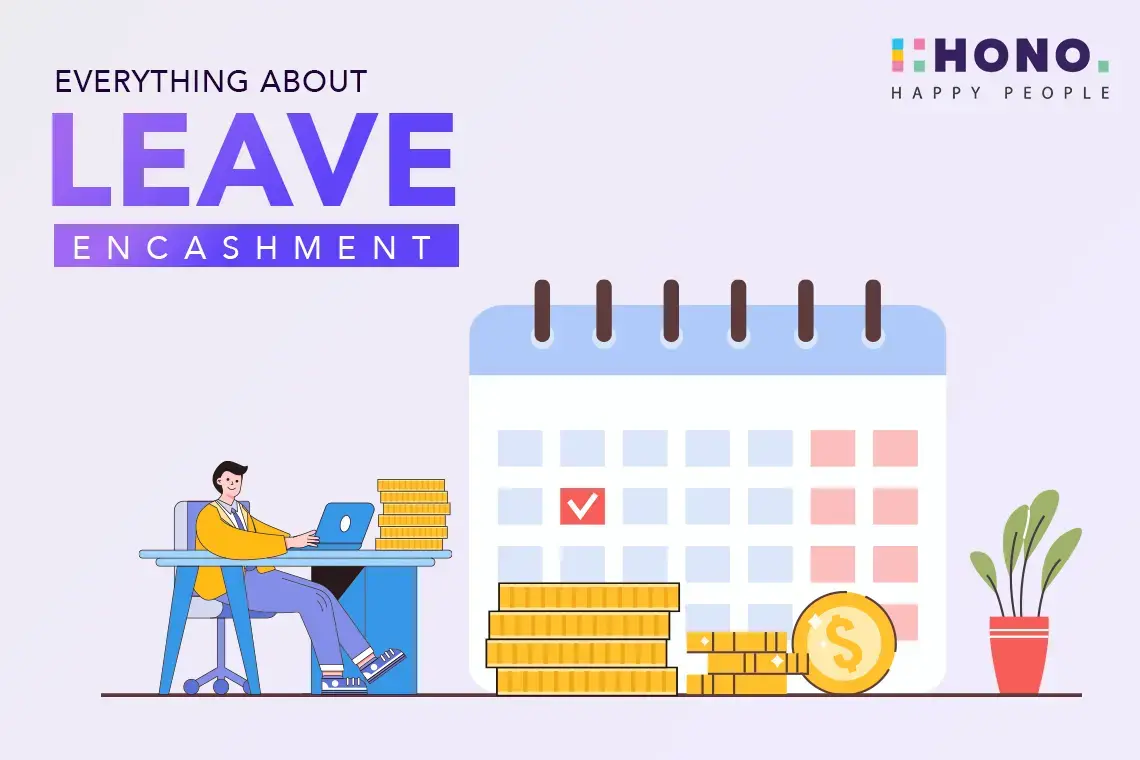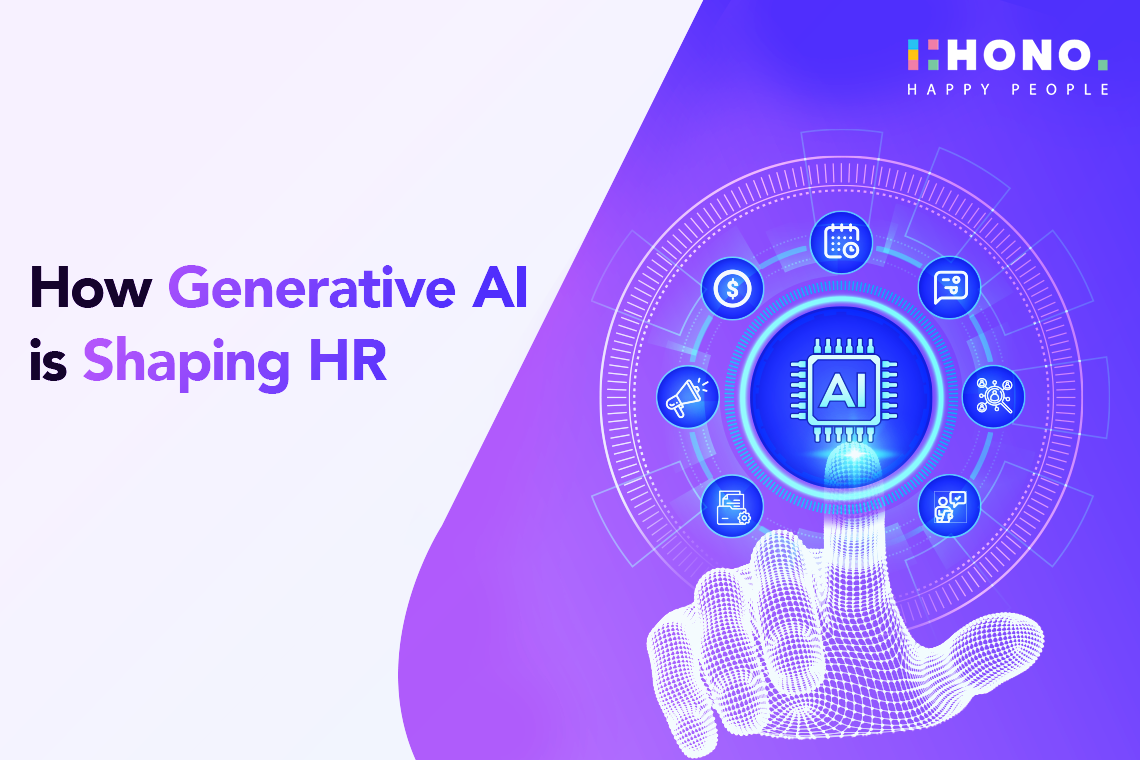The Importance of Employee Retention
Employee retention isn't just an HR concern; it's a strategic imperative that greatly influences a company's bottom line. High employee turnover carries substantial costs, impacting recruitment expenses, training investments, productivity, knowledge retention, and morale. For instance, replacing employees can cost up to 50-60% of their annual salary, according to the Society for Human Resource Management (SHRM). These real costs, estimated at around $680 billion for US employees, highlight the importance of employee retention.
To mitigate these expenses and reap the benefits of employee retention, organizations can employ strategies and tools like Employee Retention in HRMS (Human Resource Management System) to effectively track, manage and optimize their retention efforts. This holistic approach not only retains talent but also enhances a company's overall stability and prosperity.
Understanding Long-Term Loyalty Metrics
Long-term loyalty metrics are how organizations measure an employee's dedication and commitment over an extended period. They differ from short-term metrics, which provide snapshots of immediate satisfaction or engagement. Long-term loyalty metrics go deeper, considering the employee's sustained connection to the company, their ongoing satisfaction, and their commitment to contributing to its success. These metrics aim to capture the enduring loyalty that leads to a sustainable workforce.
Moreover, long-term loyalty metrics are the compass guiding organizations toward a sustainable and engaged workforce. They go beyond the surface to assess the bond between employees and their company. While short-term metrics offer valuable insights, long-term loyalty metrics provide a comprehensive view of employee commitment, which is important for developing stability, productivity, and innovation. By focusing on these metrics, organizations can develop effective employee retention strategies within their HRMS (Human Resource Management System) that lay the foundation for lasting success.
Identifying Key Metrics for Employee Retention
Understanding and nurturing employee loyalty is crucial for retention. Let's explore specific metrics that gauge loyalty, each acting as a compass guiding organizations toward a devoted workforce:
1. Employee Satisfaction: This metric measures contentment within roles and work environments. Satisfied employees tend to stay longer, reducing turnover.
2. Engagement: Assessing emotional investment and enthusiasm for jobs, engaged employees are not only committed but also more productive, fostering loyalty.
3. Tenure: Measuring length of service, longer tenure often signifies deeper commitment, contributing to organizational stability.
4. Net Promoter Score (NPS): By gauging the likelihood of employees recommending their workplace, a high NPS reflects strong loyalty and a positive impact on recruitment and turnover.
5. Job Embeddedness: This metric evaluates employees' connection and integration into roles and the organization, influencing retention.
6. Absenteeism and Turnover Rates: These track employee absences and departures, with high rates indicating potential retention issues.
Incorporating these metrics into HRMS (Human Resource Management System) provides a holistic view of loyalty, enabling data-driven strategies to enhance retention efforts and ensure long-term success.
Implementing Employee Retention Strategies
When companies want to keep their employees for a long time, they can use important information about how loyal their employees are. This helps them create plans to make employees stay and not leave their jobs. We will share some good ideas on how to do this using this information and give examples of companies that did it well.
Here are a few strategies to help employees stay longer in the company:
1. Personalized Career Development: Utilizing metrics like tenure and engagement, organizations can create personalized career paths for employees. For instance, by recognizing an employee's commitment through long tenure, companies can offer tailored growth opportunities, reinforcing their loyalty.
2. Continuous Feedback and Recognition: Employee satisfaction and engagement metrics highlight the importance of feedback and recognition. Regular feedback sessions and acknowledgment of achievements cultivate loyalty. Companies like Google exemplify this by implementing peer recognition programs that boost employee morale and commitment.
3. Work-Life Balance Initiatives: Job embeddedness and absenteeism metrics underscore the significance of work-life balance. Companies can introduce flexible work arrangements and wellness programs to support employee well-being. Salesforce's "Ohana culture" is a prime example, of promoting work-life balance and employee loyalty.
4. Mentorship and Employee Support: Long-term loyalty metrics emphasize the value of strong workplace relationships. Encouraging mentorship and providing employee support networks fosters a sense of belonging. Deloitte's "Buddy Program" is a successful illustration, of nurturing loyalty through mentorship.
5. Compensation and Benefits Alignment: Aligning compensation with employee satisfaction and engagement metrics ensures fair and competitive rewards. Companies like Microsoft implement comprehensive benefits packages that resonate with their employees, enhancing retention.
Real-world Success Stories
Apple's commitment to employee development, evident through personalized career paths and continuous feedback, has resulted in low turnover rates and unwavering employee loyalty.
Amazon's focus on work-life balance and employee support networks has significantly reduced absenteeism, enhancing overall loyalty within the company.
Salesforce's holistic approach to compensation, benefits, and mentorship programs has made it a beacon of employee satisfaction, resulting in a remarkable retention rate.
By implementing these employee retention strategies and supported by Human Resource Management System solutions, organizations can create a work environment that not only values its employees but also reaps the benefits of employee retention.
The Role of Technology in Employee Retention
Now that we have understood why employee retention is important let’s look into how technology plays an important role in shaping employee retention strategies. Tools like employee experience software and HR analytics enable organizations to measure and enhance long-term loyalty metrics with precision. These technologies streamline data collection and analysis, providing insights that help organizations identify areas for improvement. By leveraging technology, companies can stay agile in their retention efforts and create data-driven strategies that resonate with their employees, ultimately reaping the benefits of improved loyalty and commitment.
In conclusion, employee retention stands as a cornerstone of organizational success. By recognizing the importance of retaining talent and implementing effective strategies based on long-term loyalty metrics, businesses can enjoy numerous benefits. These include reduced turnover costs, a more engaged and productive workforce, and a competitive edge in the market. As we've explored, employee retention strategies, when powered by HRMS solutions and technology, have become even more potent. By unlocking the potential of long-term loyalty metrics and harnessing the capabilities of technology, organizations can create a work environment where employees feel valued, motivated, and committed for the long haul. In essence, employee retention is not just a business strategy; it's a vital driver of sustained success.
HONO is a next-gen, enterprise-ready HCM software tailored for the modern workplace. HONO HR a new age, conversational, and intelligent full-suite, is not just a tool but a revolution in HR management. With a "Chat First" approach, it seamlessly integrates with platforms like WhatsApp, Slack, and MS Teams, making all end-user transactions a breeze.
Request a Demo Now!

.png?width=70&height=70&name=Team%20HONO%20logo-01%20(1).png)








.jpg)
